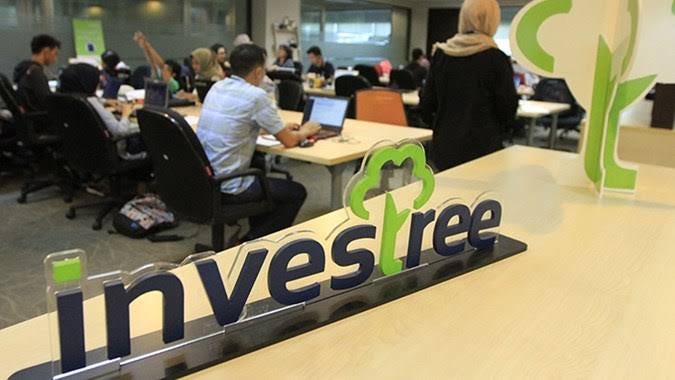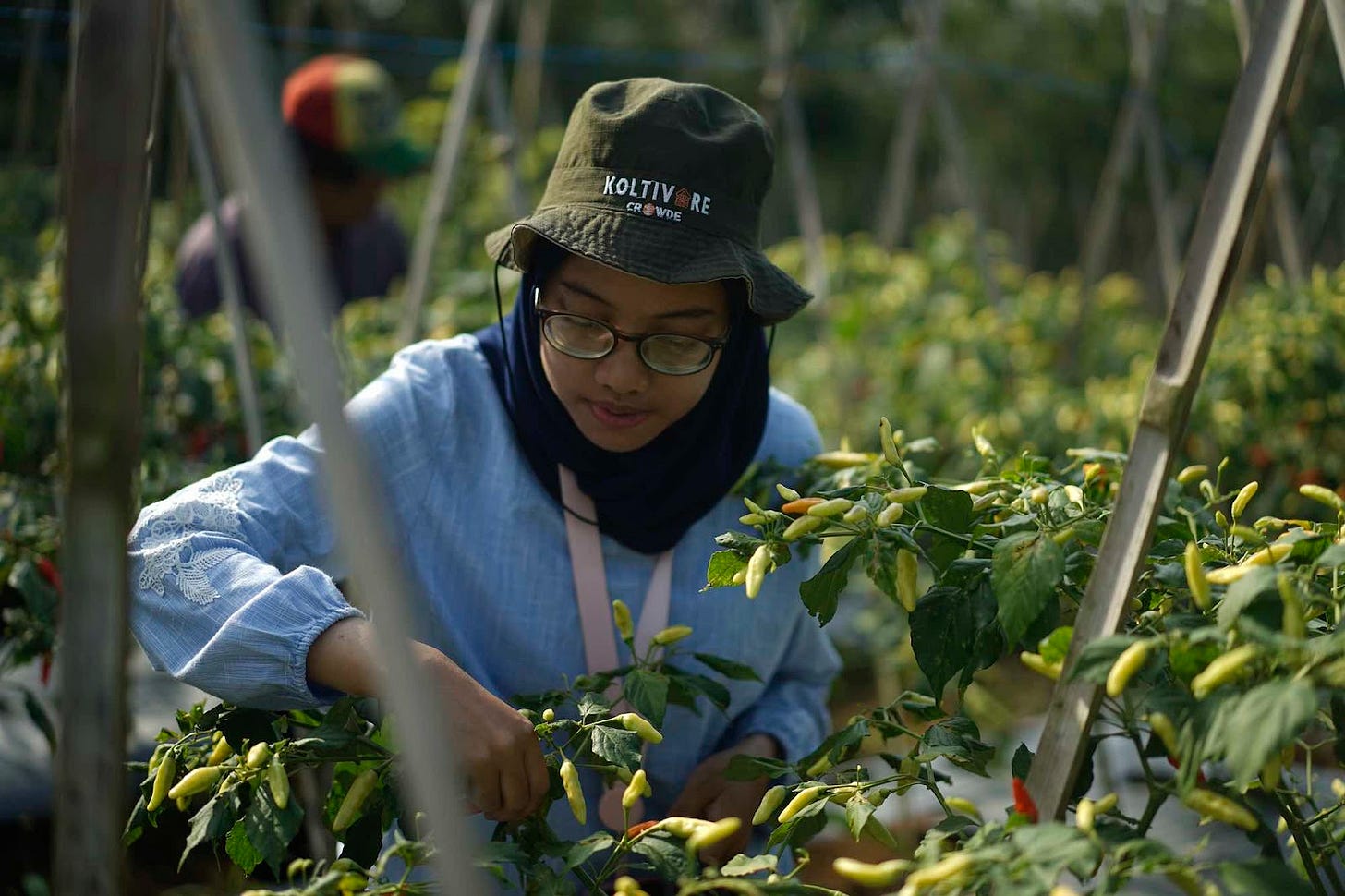Indonesia’s digital lending is growing fast, but so are the risks
Recent P2P platform collapses raise urgent questions about risk and regulation
Indonesia's digital lending scene is exploding as fintechs scramble to serve the country’s millions of unbanked.
Unlike many countries with similar levels of economic development where financial inclusion is much higher, nearly half the adults in Indonesia don’t even have a bank account. Yet, almost 70% own mobile phones, providing an opportunity for fintechs to serve the many who have been neglected in the world’s fourth most populous nation.
The promise of inclusive finance, however, conceals a dark underbelly, demanding effective regulation to ensure continued progress in the years ahead.
Diverse Forms of Digital Loans
Online lending in Indonesia takes several forms. These include:
Peer-to-peer (P2P) lending platforms, which match borrowers - whether individuals or small businesses - with individual lenders, offering a hassle-free alternative to bank loans. P2P lending took off in Indonesia in the mid-2010s. P2P loans grew 29% to IDR80.94 trillion (US$4.9 billion) as of April 2025 from a year ago, according to Indonesia’s Financial Services Authority (OJK).
Microfinancing platforms like Amartha, which help micro, small, and medium enterprises [MSMEs] secure capital to grow their businesses, often by working with banks and other financial firms. Microfinance loan disbursements reached IDR 1.06 trillion as of April 2025, OJK said.
Digital consumer lenders like Julo, Indodana, and Finmas, which offer fast, app-based loans that cut out the traditional banks entirely.
Buy Now, Pay Later (BNPL) is also a type of loan, since it lets customers spread payments over three to six months with zero or low interest. BNPL has taken off quickly in emerging markets like Indonesia, especially for online shopping. Key players include Kredivo, Akulaku, Home Credit, and Atome. For these BNPL companies, the bulk of their income comes from charging sellers a fee for every transaction.
As digital loans go mainstream, all-in-one apps are jumping in - either expanding or embedding fintech features like payments, BNPL, and even cash loans. Both Gojek and Grab offer BNPL and cash loans to users, merchants, and drivers. Others like ShopeePay Later and TikTok Shop Pay Later are also pushing these services to millions.
As of 2025, OJK lists 96 registered and licensed online lending companies, spanning P2P lending, microfinance, and BNPL services.
For many Indonesians previously excluded from traditional banks, all it takes now is a smartphone and digital ID verification to unlock access to a world of financial services.
The unraveling of P2P lending
With loan approvals happening in under 24 hours, concerns are growing that this easy access could spiral into unsustainable debt and rising default rates.
P2P lending faces the harshest scrutiny. Once a VC darling that attracted millions in funding from local and global investors, the sector is now struggling with soaring default rates and mounting complaints from retail lenders who lost money when borrowers failed to repay, even as lending continues to grow in the double digits.
As of November 2024, OJK reported that 21 registered P2P lending platforms had non-performing loan (NPL) rates above 5%, breaching the industry’s safe threshold.
There are also allegations of mismanagement and fraud. One of the most notable cases involved Investree, which raised $254 million before losing its license last year. Its former CEO, Adrian Gunadi, has been placed on the wanted list by OJK for alleged financial violations. He is suspected of illegally raising funds without a proper permit, causing losses to users of the platform.
TaniFund, backed by state-owned MDI Ventures, also had its license revoked and faces multiple lawsuits from angry lenders. Akseleran is battling massive defaults and reputational fallout, while Crowde is being investigated following allegations of fake loans and embezzlement involving partner banks.
These cases highlight the fragile trust in P2P lending and the growing pains of fintech within Indonesia’s evolving financial landscape.

Lessons from China’s downfall
The recent troubles and the collapse of several well-funded platforms in Indonesia raises a serious question: is the country heading down the same path as China, where a once-booming P2P lending industry unraveled during the 2010s?
China’s downfall was marked by familiar red flags: surging defaults, anxious lenders, legal chaos, and weak oversight. The most infamous case was Ezubao, a massive Ponzi scheme that defrauded investors of $7.6 billion before collapsing in 2016.
According to Singapore-based fintech advisory firm Kapronasia, China’s experience serves as a stark warning of the consequences when rapid P2P lending growth goes unchecked, primarily due to a regulatory vacuum that permits reckless risk-taking with little accountability.
Indonesia has been more vigilant, monitoring the sector since 2016. Authorities have imposed sanctions and revoked licences, and there are now regulations that require P2P platforms to hold a minimum amount of capital to ensure stability and protect lenders.
Still, with many problematic cases unresolved and lenders feeling shortchanged, more decisive action is needed.
In an interview with DealStreetAsia, Nailul Huda, director of digital economy at CELIOS, an independent research firm, said that the recent turmoil should be a wake-up call for regulators, platforms, lenders, and borrowers alike. The online lending model needs serious improvements, from better credit scoring to stronger oversight mechanisms. To prevent further fallout, regulatory supervision must be reinforced.

Balancing risks and potential
The global P2P lending market has seen massive growth, especially in North America, Europe, and Asia Pacific. The US is leading the pack, with loans projected to skyrocket from $190 billion in 2023 to $1.5 trillion by 2031, according to SkyQuest.
Other market watchers are more sanguine. An article on MoneyandBanking.com, for instance, warns that sustaining growth in P2P lending will require lending to riskier borrowers at higher interest rates, which will eventually put off all but the most desperate individuals. P2P lending accounts for less than 1% of total consumer credit and may remain a niche business rather than a threat to mainstream financial institutions.
In emerging markets like Indonesia, many borrowers lack formal credit histories. Incomes can be unstable as well as many people work in the informal sector, while financial literacy remains low, creating a perfect storm for missed payments, defaults, and rising NPLs.
To overcome the lack of such information, fintech lenders in Indonesia are turning to alternative data such as e-commerce transactions, telco usage, and social media activity to assess creditworthiness. Regular phone credit top-ups and consistent online purchases can influence how lenders evaluate a borrower’s reliability.
While this approach expands financial access, it also raises privacy concerns, as borrowers often lack transparency or control over how their data is collected and used. There are also growing concerns about the effectiveness of such data in accurately measuring a borrower’s ability and willingness to repay.
Finally, there is the challenge of getting lenders to settle their debts in the absence of collateral and enforceable repayment mechanisms.
Looking ahead
Indonesia’s fintech lending sector holds significant promise, particularly in enhancing financial access for the unbanked and underbanked. However, realizing this promise hinges on effectively managing risk. Strong regulation, responsible innovation, and clear accountability will be crucial for rebuilding trust and ensuring the sector avoids past mistakes.
As the sector continues to evolve, striking a balance between gunning for growth and managing the downside will become increasingly important.
For More Info on Asia Tech Lens


